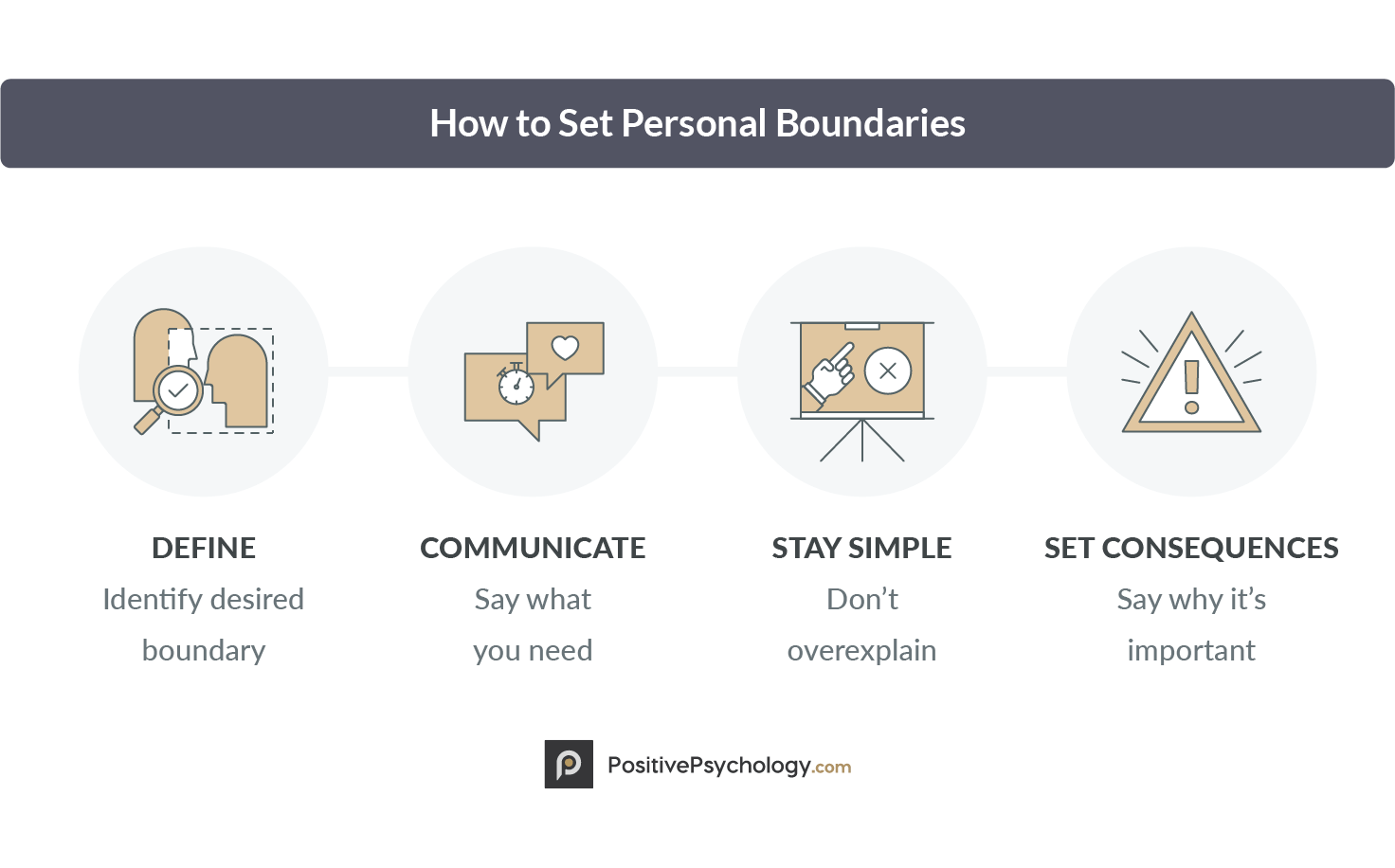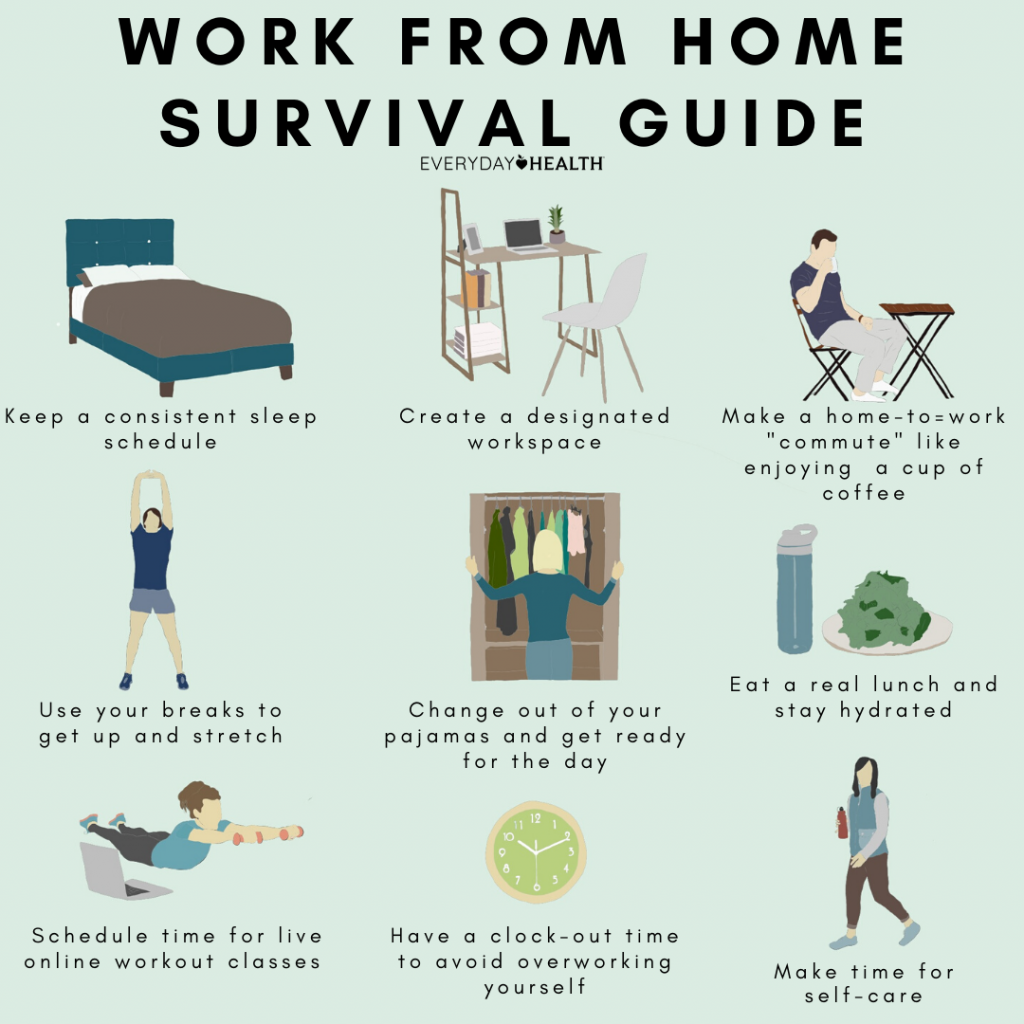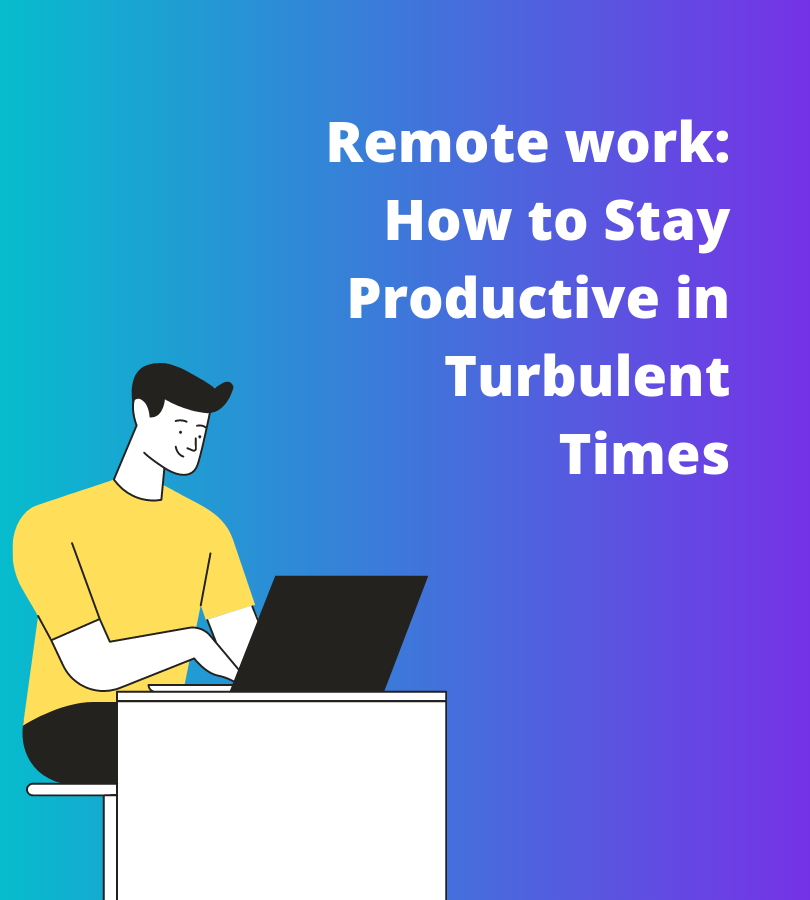The recent coronavirus pandemic changed the lives of everyone on this planet in every way imaginable. Among others, businesses that never even thought about working remotely had to find ways to make this happen. And even though we have some amazing tech for remote work, making humans work efficiently in a remote setting can be a bit of a challenge – especially if you have to do it overnight.
I’ve been running Better Proposals as a remote company for the better part of the last 12 years. I’ve hired remote employees and worked from home and various other locations. Here are some of my best bits of advice for improving your productivity in a remote setting.
Have a designated spot for work
Most people don’t really have a plan for remote work other than opening their laptops and going at it. While this is how I do it too (for the most part), where you do it makes all the difference. When I started working from home, I would work everywhere – from my bed in my pajamas, from the living room, dining table, outside on the porch, you name it.

The problem is, not every place will make you productive. As you’re sitting behind the dining room table, your mind won’t recognize it as a place for work. Instead, you’ll probably think about grabbing a bite. When I worked in my bedroom, I wanted to take a nap every hour or so. There’s a reason why we’re productive in the office – we identify this as a place to get work done. This is not the truth with our homes.
To make your home a great place to work, make sure to separate an area for work only. This can be a full home office or just a desk with your equipment, depending on how big you want to go. This place should be reserved for work and work only – when you take a seat in that chair, your mind gets fully focused. That way, you’ll force yourself to think about work and getting stuff done so you can go on with your day.
Get dressed for work… Seriously
We are creatures of habit. When you’re in your gym shorts and an old T-shirt you sleep in, you’re not going to get much work done. No matter what your office dress code is, there at least some sort of formality involved. Even on Casual Fridays, you can’t walk into the office in flip flops and pajamas. First, it would be inappropriate and second, it would hinder your productivity.
While you may be tempted to work in any type of clothes as you work from home, do your best to put on something decent. In other words, something you wouldn’t be ashamed to be seen in if you’re going to the store. You will feel more productive and you never know when someone will ask you to hop on a video call, so it’s best to be dressed decently.
Set some boundaries
In my company, we don’t have standard working hours. All of us are in different time zones, we lead different lives and we have different ways of getting stuff done. This is why we have flexible working hours. After all, it’s the second-best thing about working remotely, after not having to leave your home to get work done.
If you have flexible hours, you’ll first think – great, I can work any time! Then you’ll probably realize the horror – you can work any time? With standard office hours, you’re forced to do your work from 9 to 5 (or some variant of an 8-hour workday) and once you leave the office, work is done for the day. When you work remotely and with flexible hours, work can seem indefinite. After all, how can you know when the workday is actually over?
I suggest setting some boundaries for how you work and when you work. For example, I need to get all of my work done roughly by 4 PM every day because I want the rest of my day off for spending time with friends and family, or trying to grow my personal side-gig which is focused on content writing. That means that all of my work has to be done by this time. I never set my alarm clock and I sleep for as long as I need to get rested, so I have to force myself to be productive and get everything done in a few hours.
You may work better in the evenings or you may prefer a bigger break in the middle of the day. Whatever the case, make sure to have some structure because having none at all means that you may end up working late evenings just to hit your goals.
As most remote workers will tell you, signing off is one of the biggest problems when working from home. “Just one more email” turns into 3 extra hours and you end up working 10-hour days because work is never-ending. You really need a time when work for the day stops and I strongly suggest turning off your notifications at this point.
One final tip for boundary setting – never do any work when you eat. This is your time to unwind and enjoy your meal and no matter how many notifications are coming in, they can wait until you’re full.
… and some personal boundaries as well
When you start working remotely and your family and friends are still in the office, certain things may happen. One of them is that they may not consider your work as “real work” and they’ll frequently ask you to do certain things. Swing by at the post office, drop off their dry cleaning, take care of their dog, invite them over for a cup of coffee, or something else.

When you start working remotely, make sure that everyone who is close to you knows exactly what that means. Since you’ve set your borders in terms of working hours, explain that you will do actual work and that you should not be disturbed. Ultimately, they should behave just as if you were in an actual office. It’s the only way to stay productive, sane and on good terms with the people you love.
Set your plans one day ahead
As mentioned, things can get pretty weird when you work flexible hours. How do you know when work is done? How much work is okay to do in a day? These are legitimate questions and you may feel guilty clocking out at 11 AM on a weekday. In reality, it’s all about making your own plans.
As you’re getting near the end of a workday, plan out your schedule for the day with a daily planner. That way, you’ll actually know how to structure your workday, when to start and finish and what tasks have priority. Also, you’ll save more time in the upcoming day because you won’t have to rack your brains to find what you have to do for the day.
Take care of yourself, physically and mentally
Once you start working remotely, you’ll miss out on your commute, but even more importantly, you’ll miss out on walking to different places and getting some air. Unfortunately, for many people nowadays, their commute to work is the only physical activity they get during the day. For many remote workers, it’s not unusual to stay indoors for days on end. After all, you can order practically everything online, and with quarantines around the world, it’s become a reality for a lot of us.

If you want to stay productive, one of the first pre-requisites is to be healthy. This means getting exercise, going out for fresh air and getting a proper diet. As tempted as you may be to go from your work desk to your couch to indulge in takeaway pizza, this is not the way to make remote work, well, work.
It may seem like common sense, but make sure to go outside every now and then when you work remotely because your body needs the fresh air and the exercise. Speaking of which, you can also do plenty of exercise indoors as well.
Track your time
I have to admit that I’m not a fan of tracking time. Lots of employers do it to make sure that their remote workers are actually working, which is actually counterproductive. However, if you track your own time because you want to find out more about your habits, that’s actually one thing that will benefit your productivity.
There are a lot of time tracking apps out there, so choose one that fits your budget and preference. I use Toggl Track but you can also try WebWork Time Tracker. When you start doing a task, start the timer and clock out when you’re done. In a few weeks of tracking your tasks, you’ll know exactly how much time each task takes. This will have two benefits.
First, you’ll become a lot better at making plans for the days ahead. You’ll know how to set your own limits and not overburden yourself. Second, you’ll realize that most of us almost never do 8 hours of full work per day and that what really matters is the goals you achieve, rather than the time spent at work. No matter what you do, from sales to marketing or development, remote work is when you learn how much time it actually takes to get work done.
Finally, if you have a nagging boss, you can show them that you worked on a certain task at a certain time and that you clocked in some hours on it.
Conclusion
As remote work becomes more common, we are going to find more ways for us as a human race to make it work. As strange as it may seem now, the pandemic will force many businesses to think hard about making their entire operations go remote. While that will bring a host of benefits, it will also present some unique challenges. I hope that I was able to solve at least some of them for you today. Happy remote working!
Author bio:
Petra Odak is a Chief Marketing Officer at Better Proposals, simple yet incredibly powerful proposal software tool that helps you send high-converting, web-based business proposals in minutes. She’s a solution-oriented marketing enthusiast with more than 5 years of experience in various fields of marketing and project management.
